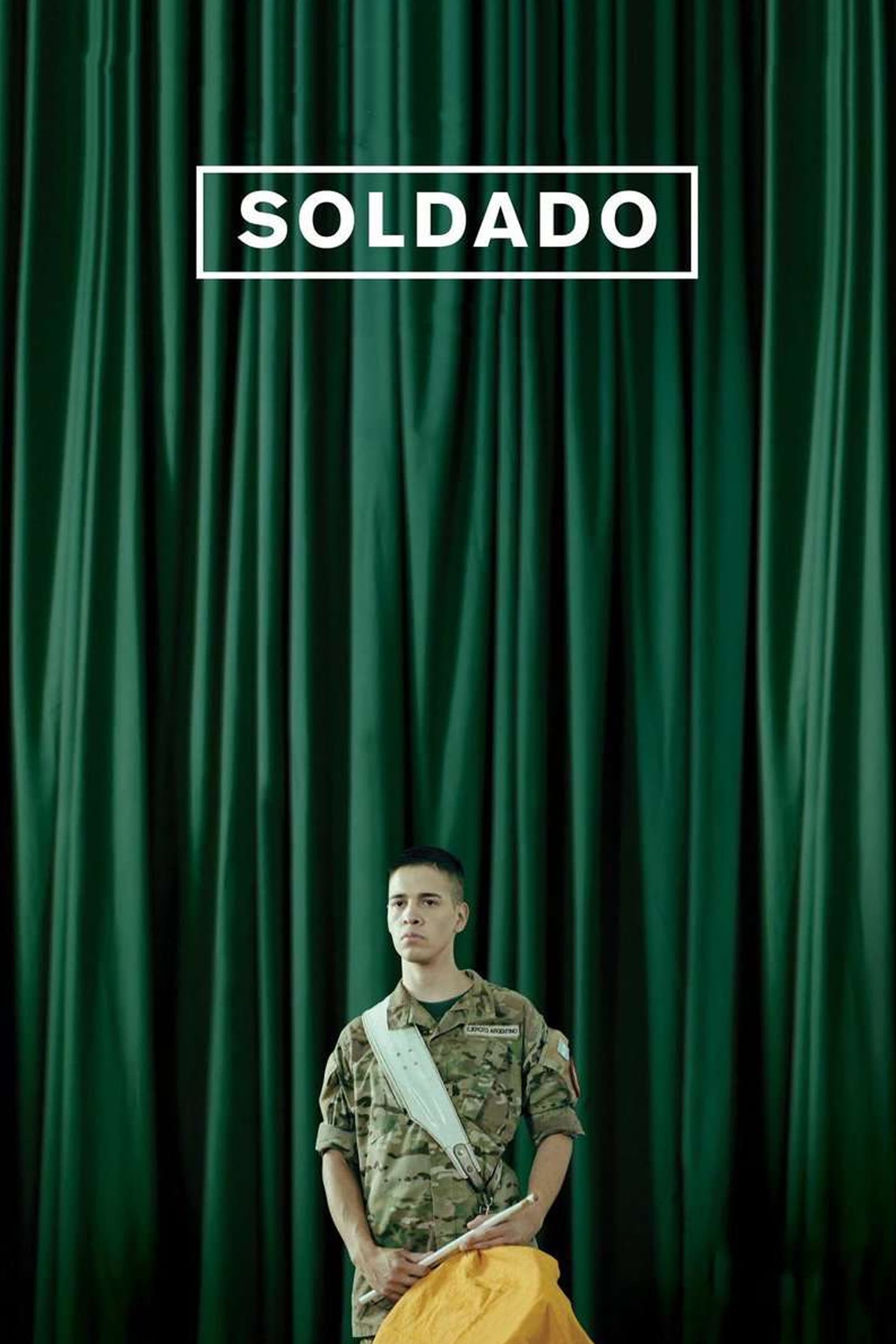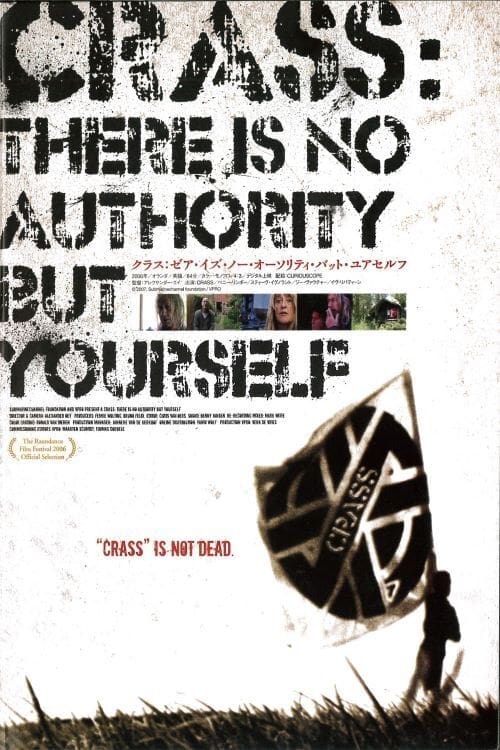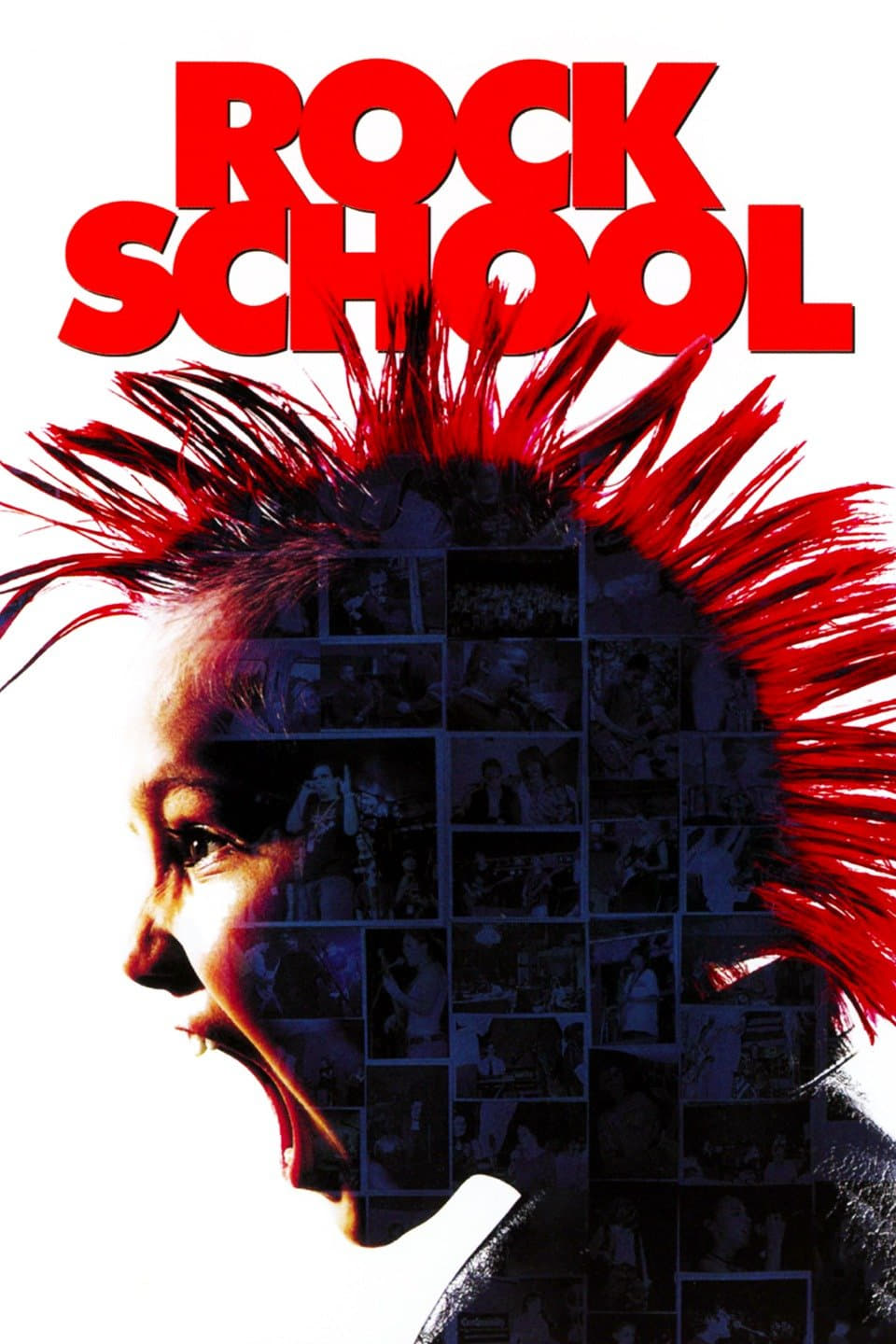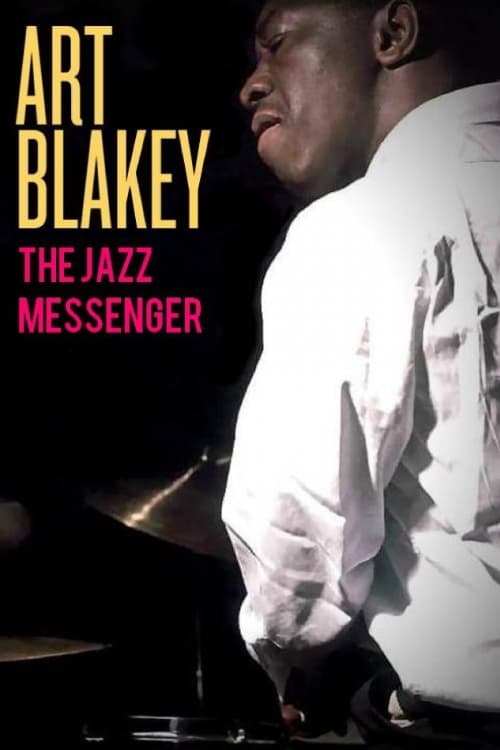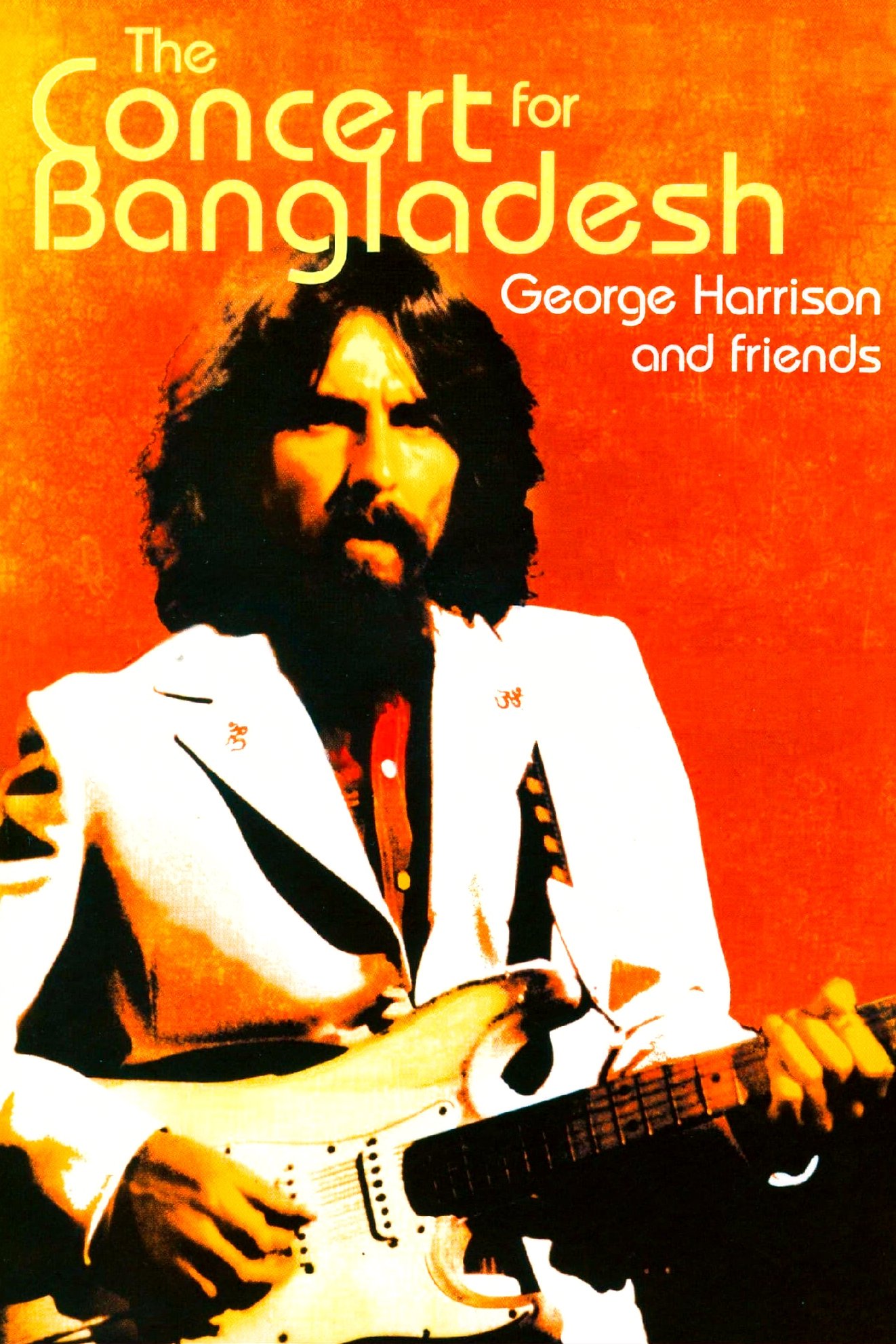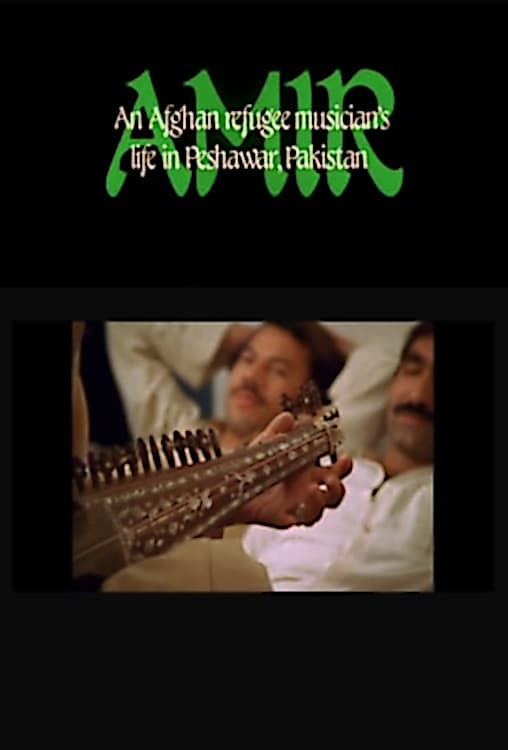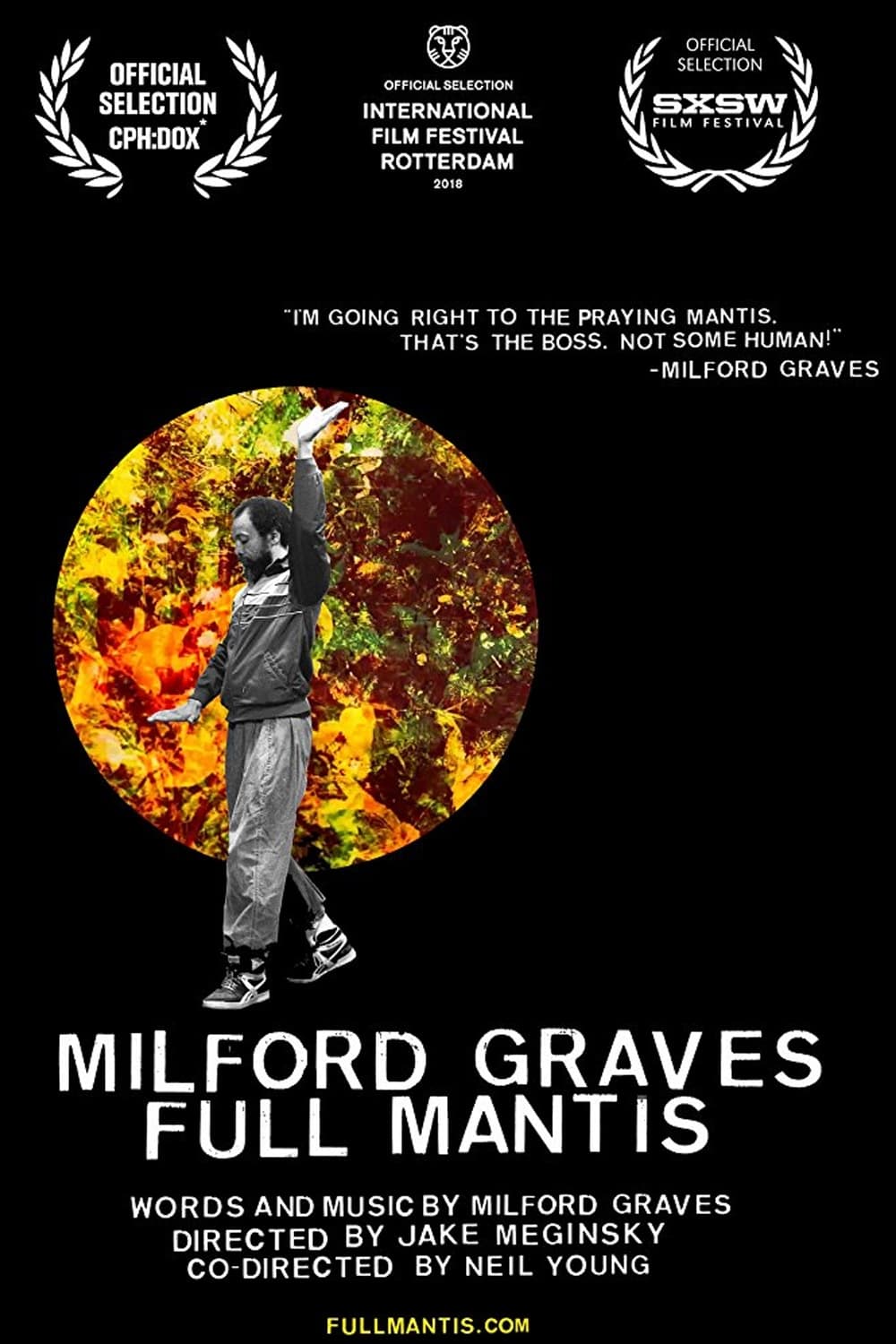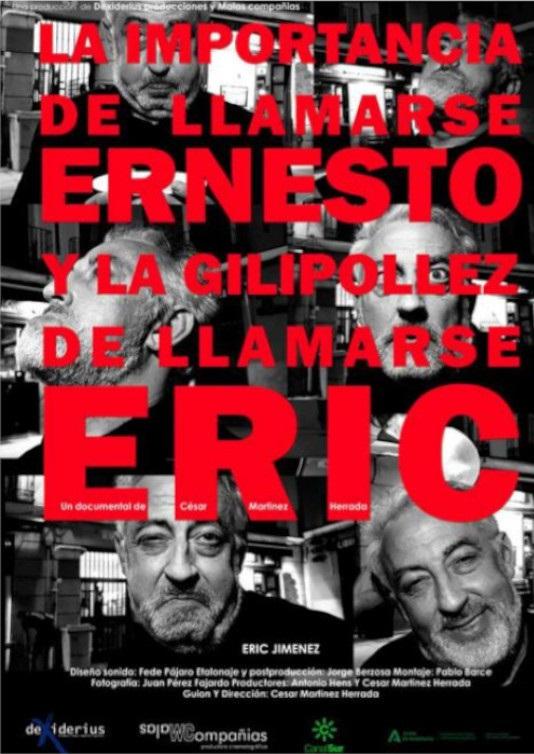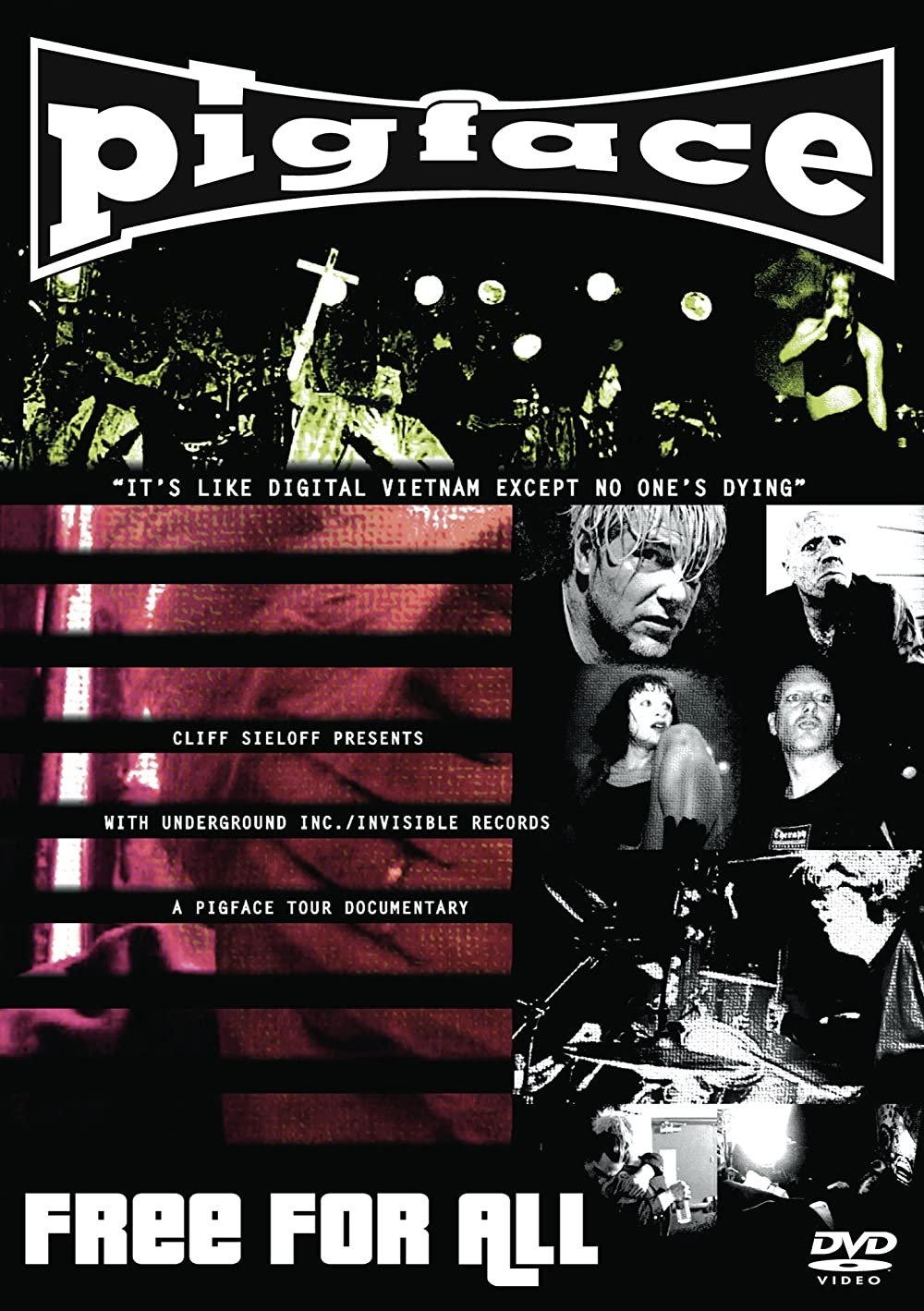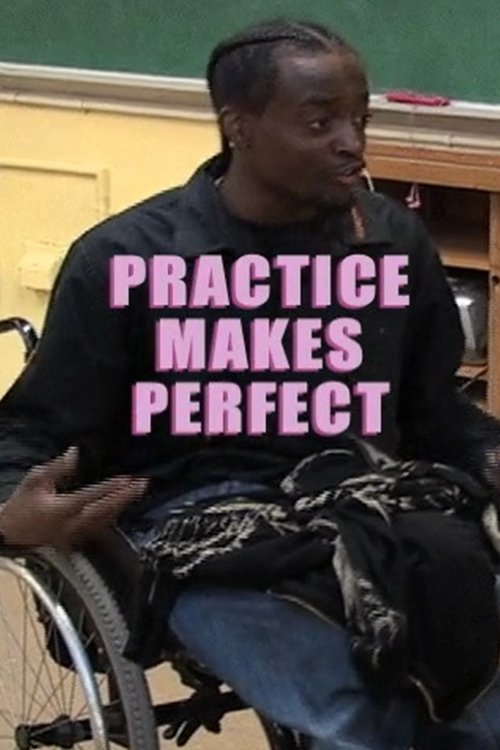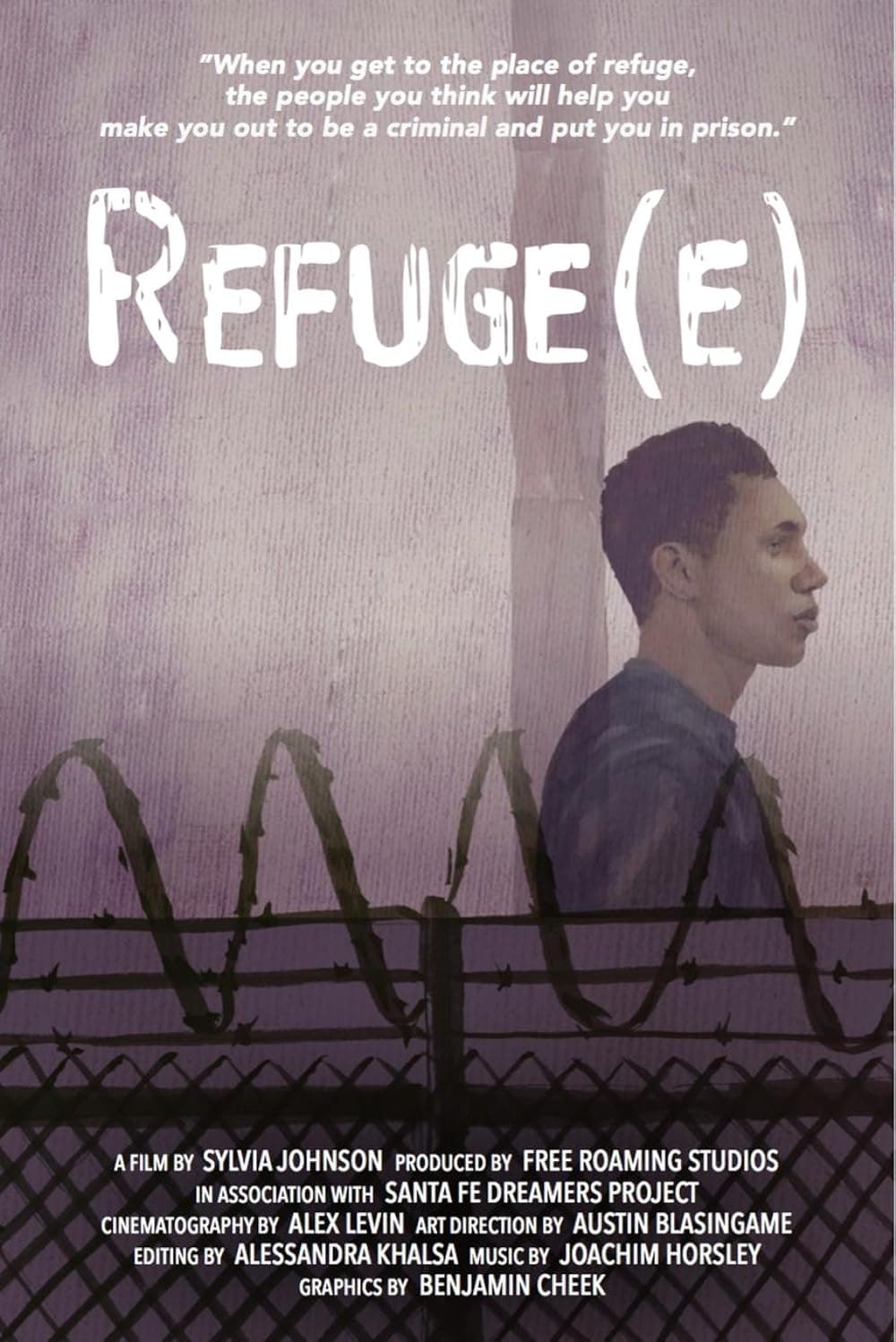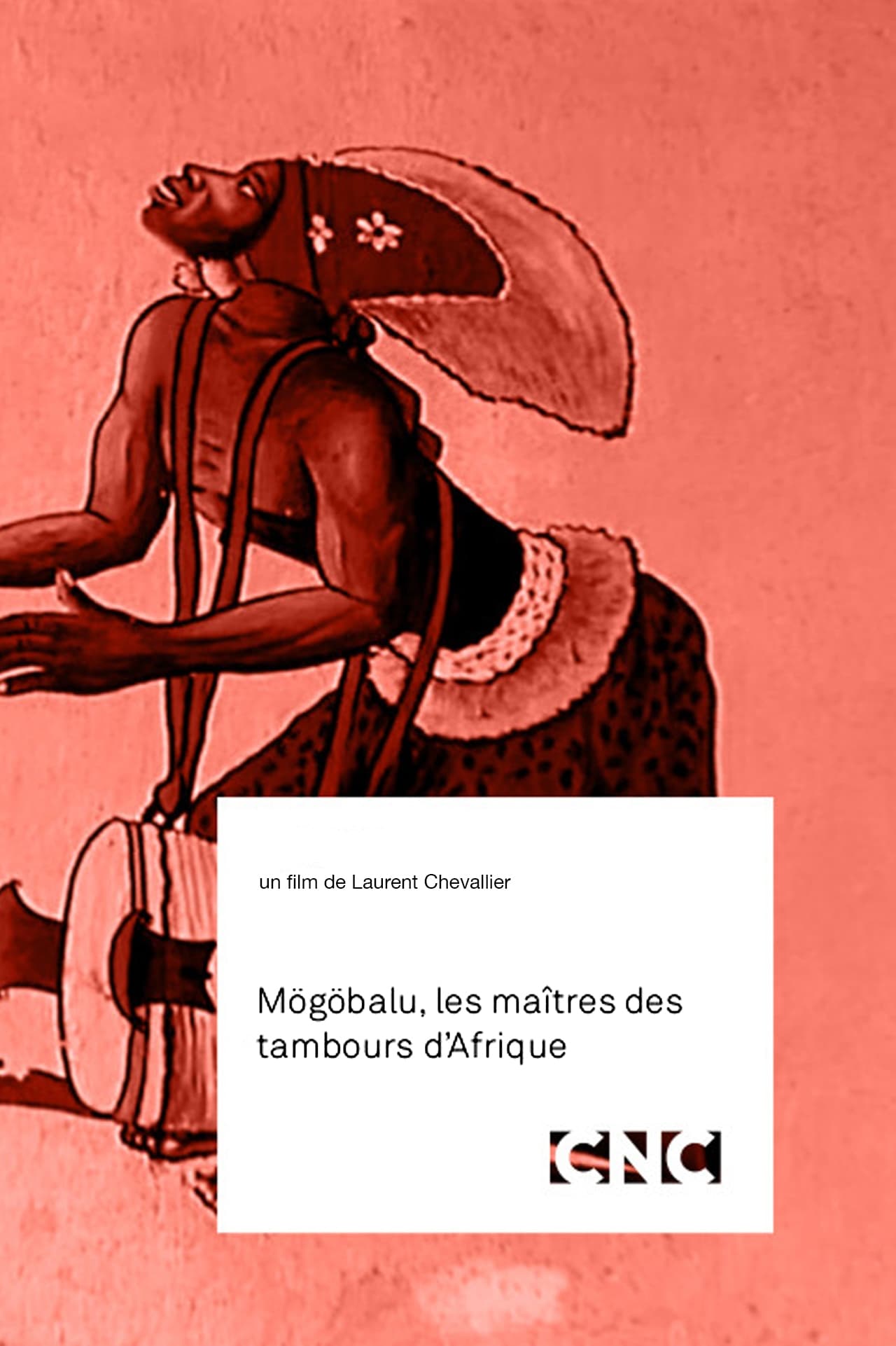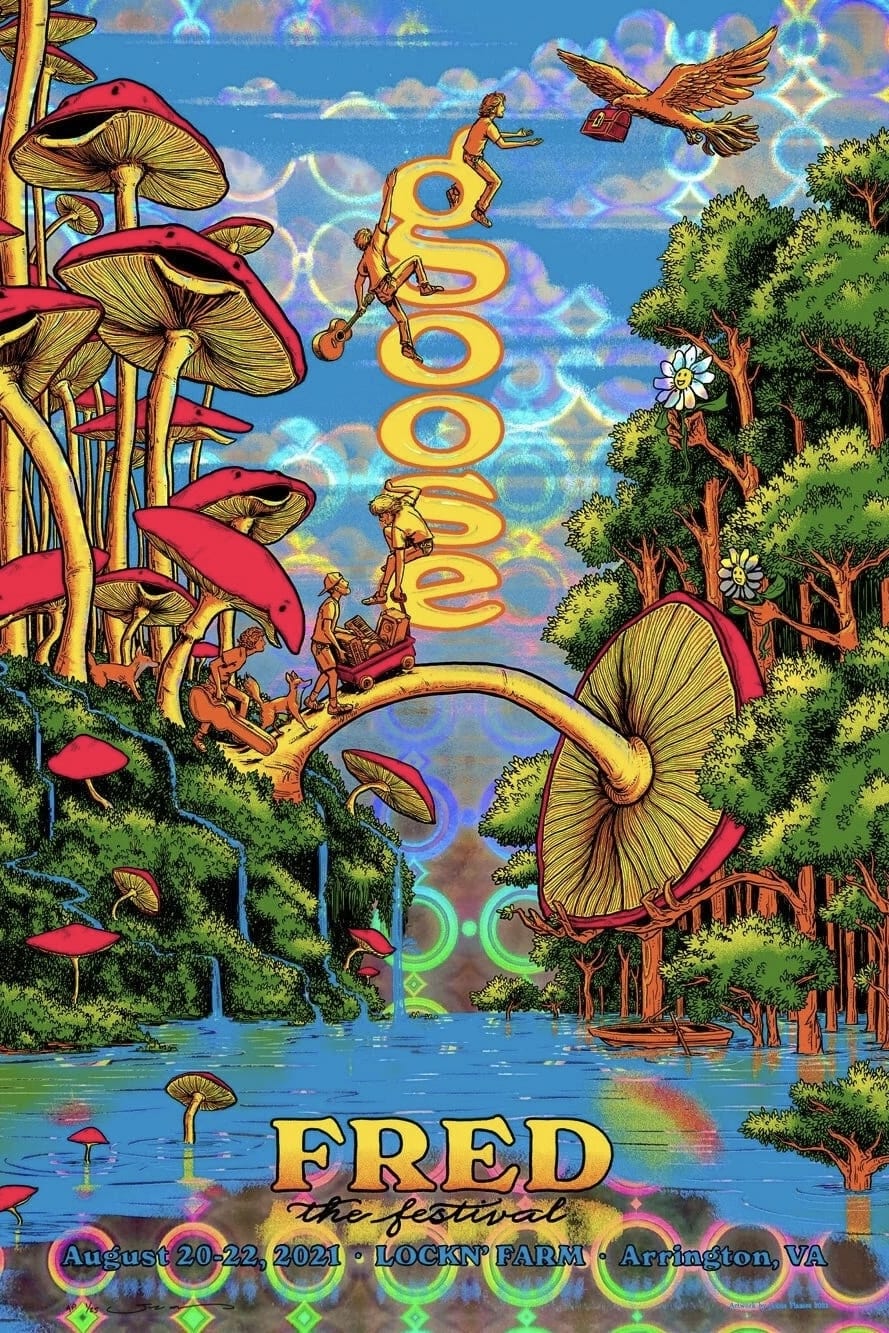Atumpan: The Talking Drums of Ghana (1964)
Overview
This classic documentary features the story and sounds of the talking master drums of the Ashanti. Filmed in Ghana and narrated by Mantle Hood
Production Companies
Additional Info
| Budget | $0.00 |
|---|---|
| Revenue | $0.00 |
| Original Language | en |
| Popularity | 0.0256 |
Directed By
Mantle Hood
Crew
Mantle Hood
TOP CAST
Similar Movies
Soldier
A young man decides to join the army. He becomes the drummer in the military band, and his everyday life is now a combination of military training and music. What does the Argentine Army do these days, more than thirty years after the dictatorship? What does it mean to be a soldier in a country without wars?
There Is No Authority But Yourself
A Dutch documentary about the history of the anarchist punk band Crass. The film features archival footage of the band, and interviews with former members Steve Ignorant, Penny Rimbaud and Gee Vaucher.
The Drunkmen’s Marseillaise
In the summer of 1961, a group of young Italian anthropologists made a clandestine journey through Spain, in order to record popular songs that supported anti-Franco resistance. As a result of their work, they were prosecuted and their recordings were censored. Sixty years later, and guided by Emilio Jona, aged 92, the last living member of that group of travellers, we recover the unpublished recordings and reconstruct the journey, today, across an emotional and political landscape, regaining historical memories through these songs, as relevant today as they were then.
The Road Forward
The Road Forward is an electrifying musical documentary that connects a pivotal moment in Canada’s civil rights history—the beginnings of Indian Nationalism in the 1930s—with the powerful momentum of First Nations activism today. Interviews and musical sequences describe how a tiny movement, the Native Brotherhood and Sisterhood, grew to become a successful voice for change across the country. Visually stunning, The Road Forward seamlessly connects past and present through superbly produced story-songs with soaring vocals, blues, rock, and traditional beats.
Rock School
It is about a music school in Philadelphia, The Paul Green School of Rock Music, run by Paul Green that teaches kids ages 9 to 17 how to play rock music and be rock stars. Paul Green teaches his students how to play music such as Black Sabbath and Frank Zappa better than anyone expects them to by using a unique style of teaching that includes getting very angry and acting childish.
Art Blakey: The Jazz Messenger
A portrait of inspirational jazz drummer and teacher Art Blakey with Dizzy Gillespie, many pupils including Wayne Shorter, the Marsalis brothers, and a surprising new generation of musicians and dancers.
The Concert for Bangladesh
A film about the first benefit rock concert when major musicians performed to raise relief funds for the poor of Bangladesh. The Concert for Bangladesh was a pair of benefit concerts organised by former Beatles guitarist George Harrison and Indian sitar player Ravi Shankar. The shows were held at 2:30 and 8:00 pm on Sunday, 1 August 1971, at Madison Square Garden in New York City, to raise international awareness of, and fund relief for refugees from East Pakistan, following the Bangladesh Liberation War-related genocide.
Amir: An Afghan Refugee Musician's Life in Peshawar, Pakistan
Amir, shot during the height of the Afghan civil war in the 1980s, investigates and portrays the life of Afghan refugees living in and around the city of Peshawar in northern Pakistan through the experiences of the musician Amir. The aspirations of Afghan refugees are expressed through their political songs dealing with the civil war in Afghanistan, with exile, with Afghan nationalism and with the Islamic revolution. In highly charged and tragic circumstances, music can be used in very direct ways, both to promote solidarity and as an agent of catharsis.
The Dark Side of Chocolate
A team of journalists investigate how human trafficking and child labor in the Ivory Coast fuels the worldwide chocolate industry. The crew interview both proponents and opponents of these alleged practices, and use hidden camera techniques to delve into the gritty world of cocoa plantations.
Milford Graves Full Mantis
Weaving blistering performance footage from Europe, Japan, and the U.S. with a sublimely restrained, intimate glimpse into a world-renowned jazz percussionist’s singular voice and complex cosmology.
La importancia de llamarse Ernesto y la gilipollez de llamarse Eric
He was born in Granada, the only city in the world with an explosive name. At the age of ten he joined the Falange because he wanted to play the drum. His biggest musical influences have been Holy Week and his first host, the one he was given at birth. It was produced at the age of sixteen. A little later he began using drugs to escape. he should have died before thirty. For forty years he has hit the drums as life has hit him, with all his might.
Shady Chocolate
Ever since it was revealed that the chocolate industry is involved with child slavery in the Ivory Coast, the industry has been busy – due to consumer demands – explaining what exactly it does to actively fight trafficking and child labour. But does the industry live up to its own promises?In this investigative film, director Miki Mistrati tries to find out, if the chocolate industry – which is one of the largest corporations in the world – speak the truth, when they say that they provide education, medical care etc for the children of the Ivory Coast. But the project runs into trouble already from the get-go, because the embassy of the Ivory Coast won’t let Miki enter the country until he has an invitation – from the chocolate industry.
Pigface: Free for All
Join drummer Martin Atkins and his industrial rock band Pigface for this document of their epic 2005 tour of the United States. Visits backstage and interviews with the band meld with the concert footage to create the ultimate Pigface experience. Witness rehearsals, life on the road, collaboration with Nocturne and Sheep on Drugs and the challenges of setting up and tearing down the stage as the band hits venues from New York to San Diego.
Practice Makes Perfect
The film is primarily a portrait of Kam Kelly, who teaches West African drumming to students at various New York schools, including Intermediate School 292 in Brooklyn. One of his students, Jessica Jackson, is featured. The piece was commissioned for the “Crossing Brooklyn Ferry” festival at the Brooklyn Academy of Music in 2012.
Refuge(e)
Refuge(e) traces the incredible journey of two refugees, Alpha and Zeferino. Each fled violent threats to their lives in their home countries and presented themselves at the US border asking for political asylum, only to be incarcerated in a for-profit prison for months on end without having committed any crime. Thousands more like them can't tell their stories.
A Curing Ceremony
Sha//ge, a very young woman about to have her first child, falls ill, probably with malaria. /Ti!kay, a relative and healer, enters a mild trance, without the stimulus of dancing, in an attempt to cure her. Sha//ge lives but the baby is stillborn.
Fred the Film
Presenting Goose's 'Fred The Film', a 2 hour music documentary showcasing some of the band's favorite moments and songs from Goose's first festival, Fred! Enjoy behind-the-scenes footage, as well as 7 song selections from the weekend.
Nana Benz
Nana Benz is the story of the legendary queens of the West African mercer, self-made women, coming out of nowhere, building empires. These women were heroes to the people, Mercedes driver at the West African coast. They influenced the history of Togo and were witnesses of the fights for independence, the dictatorship till the globalization nowadays. Thomas Böltken manages to establish closure to the protagonists by letting their heirs - grandchildren, widows, lovers - speak.
Jojo Mayer: Secret Weapons For The Modern Drummer 2
Jojo Mayer has assembled the most comprehensive and detailed volume on hand technique for drummers ever available. As both an inspiring instructional method and highly entertaining reference guide,this DVD is invaluable to drummers of every skill level.
